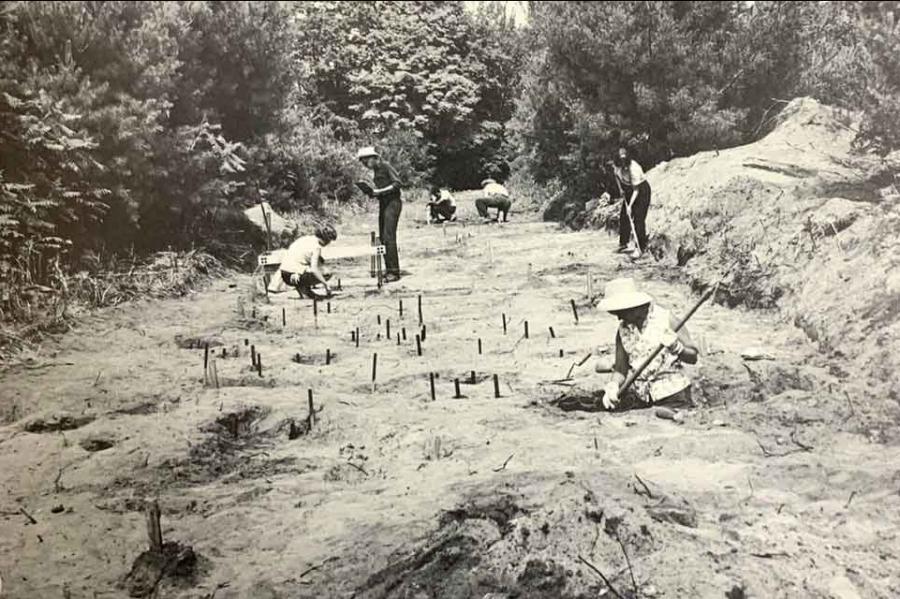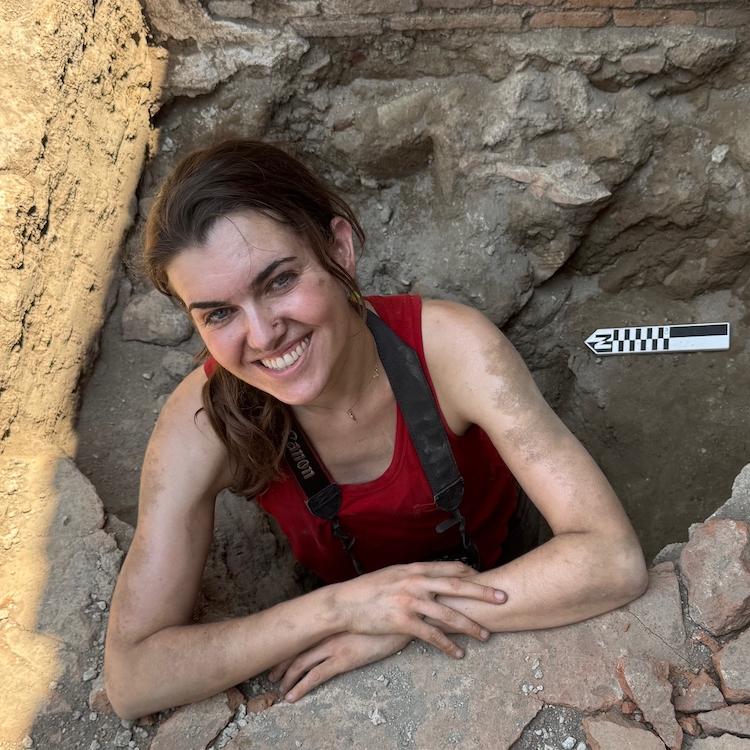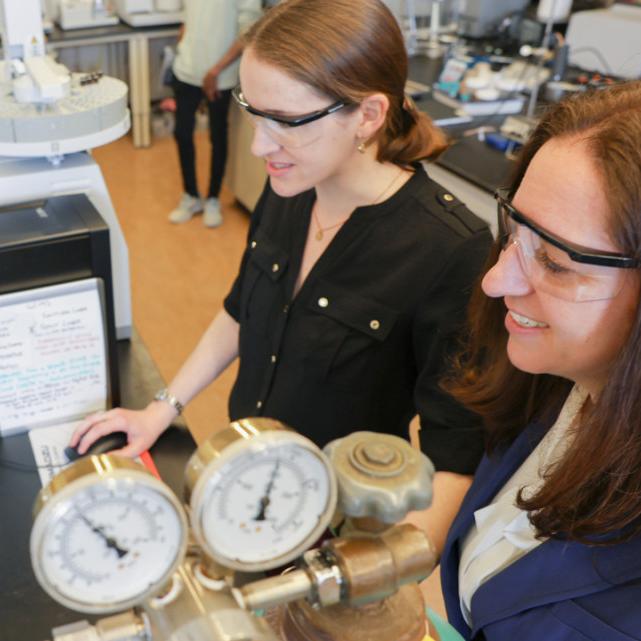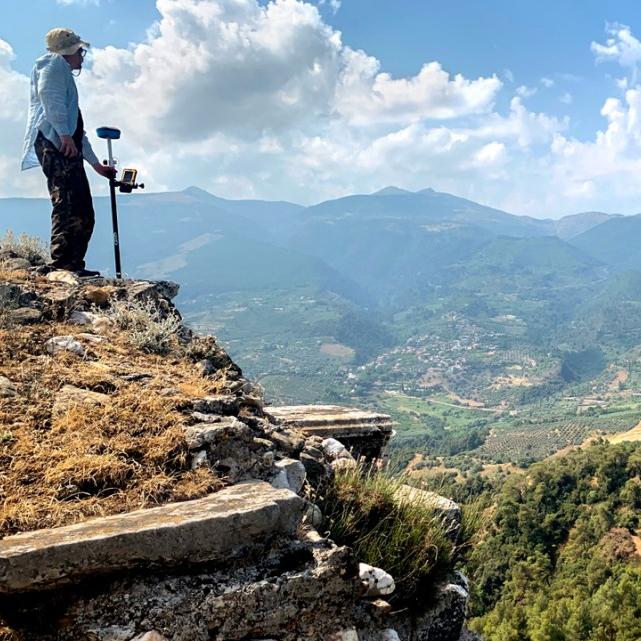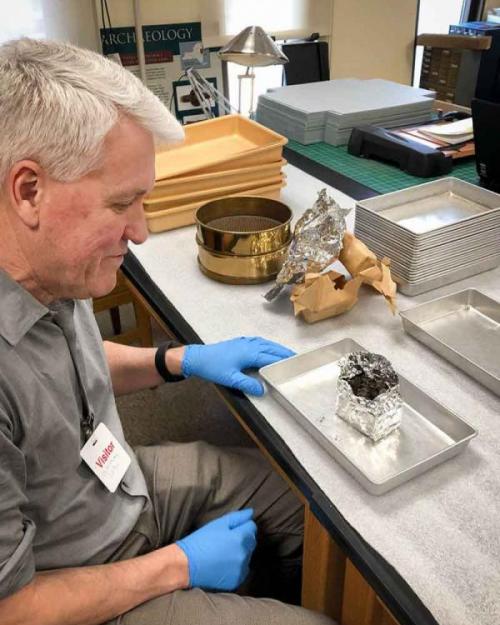For centuries, the popular history of northeastern North America has been based on a European narrative of exploration and settlement. Now, a collaboration between the Cornell Tree-Ring Laboratory and the New York State Museum in Albany has established a more precise timeline for some of the most iconic archeological sites in the Mohawk Valley by dating materials that were used by the Indigenous communities living in these villages around 400-500 years ago.
The findings overturn a number of long-held assumptions while also creating a new chronology of Indigenous history that, for the first time, does not rely on colonialist artifacts or perspectives.
“In the present generation, it seems bizarre and inappropriate that we should be trying to write the history of the Mohawk nation on the strength of whether they did or didn’t have various European objects, rather than saying no, we should analyze the Mohawk sites and see what we can determine from those,” said lab director Sturt Manning, Distinguished Professor of Arts and Sciences in Classics in the College of Arts and Sciences. “Now that we start to place some of these sites quite specifically, it becomes possible to write a longer but refined history of a given community or a given area at a human scale. This is important to understand the communities involved.”
The team’s paper, “Resolving Indigenous Village Occupations and Social History Across the Long Century of European Permanent Settlement in Northeastern North America: the Mohawk River Valley ~1450-1635 CE,” published Oct. 15 in PLoS ONE. The paper’s authors are Manning; John Hart, emeritus curator in the research and collections division of the New York State Museum in Albany; and research associate Brita Lorentzen.
Manning and Hart previously surveyed and dated a dozen sites in the Mohawk River region several years ago. While the results were bountiful and led to a more nuanced timeline for the indigenous communities who lived there between the late 15th and early 17th century, a great deal of ambiguity remained.
So the researchers decided to revisit the organic samples held at the museum, primarily charcoal and maize, and examine them alongside a different kind of relic: field notes from the museum crews and archaeological field school students taught by museum staff from 1960 through 1970, which have been preserved, along with the excavated specimens. The main focus was on three iconic sites in the Caroga drainage, a tributary of the Mohawk River.
“A primary responsibility of the New York State Museum is the curation of artifacts, objects, specimens and their associated records that document the full extent of the State’s natural and cultural histories,” Hart said. “These collections have accumulated over the past 185 years as a result of research both by museum staff and external scientists and historians. The current study is an excellent example of how new understandings about the lives of people who occupied what is now New York in the past can be enhanced through the applications of new methods and techniques to collections created decades ago.”
Granular details from the records and field notes provided crucial context, Manning said. For example, by learning that a particular piece of charcoal was recovered from the top of a storage pit rather than the bottom, the researchers could better align the samples with the lifespan of the site.
This information, in conjunction with the lab’s expertise in dendrochronology, “wiggle-matching” radiocarbon dating and statistical analysis, all resulted in a revised historical record that pinpointed dates for each site within a range of just a few decades. Of the 12 sites surveyed, only four overlapped with previously assumed timelines. The remaining eight deviated from the previously asserted timelines by 30 to 50 years – some moving earlier in the chronology, some later.
The timelines for the three largest sites were adjusted to: Smith-Pagerie ~1478-1498, Klock ~1499-1521 and Garoga ~1550-1582.
“For a site that’s only meant to be occupied for about 25 years, a shift of decades to half a century is enormous,” Manning said. “That’s the difference between a site that was at the very beginning of European contact and invasion, and one that’s actually moving into the Dutch period where there are lots of changes and interactions.”
Because there is a 30-year gap between the occupation of Klock and Gargoa, the researchers now suspect the sites were most likely occupied by different communities, which also bucks previous assumptions.
The team made another startling discovery, about the chronology of European explorers in the region. After they dated European metalwork recovered at several sites, most notably Smith-Pagerie, they realized the items had been deposited decades earlier than previously thought, even predating the arrival of French navigator Jacques Cartier on the St. Lawrence River in 1534.
“This indicates there was cross-Atlantic travel and contact from fishers, traders and explorers in greater numbers, and much earlier, than we have been thinking from our standard world history,” Manning said.

